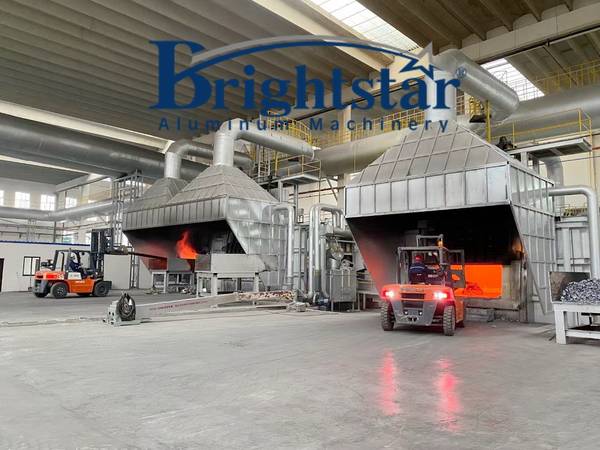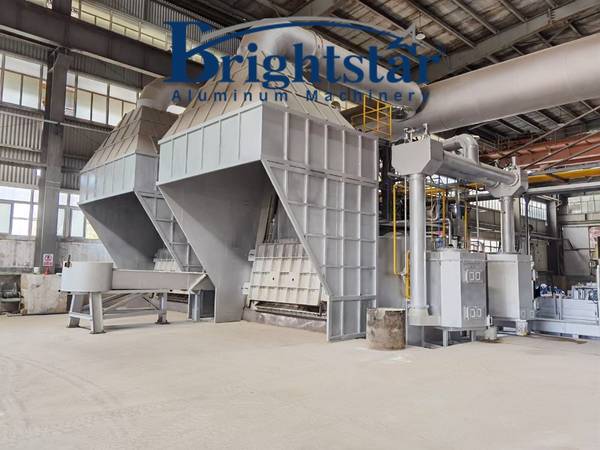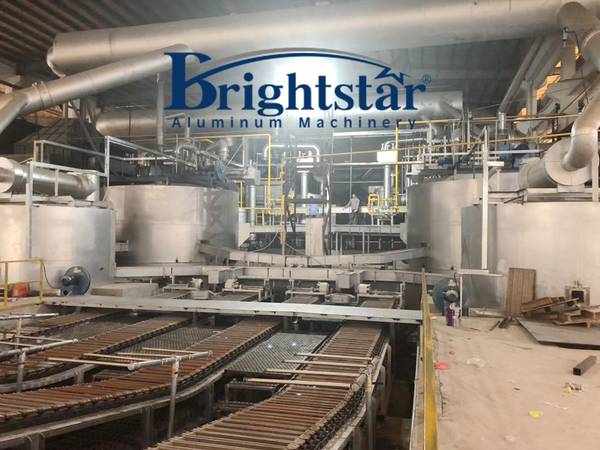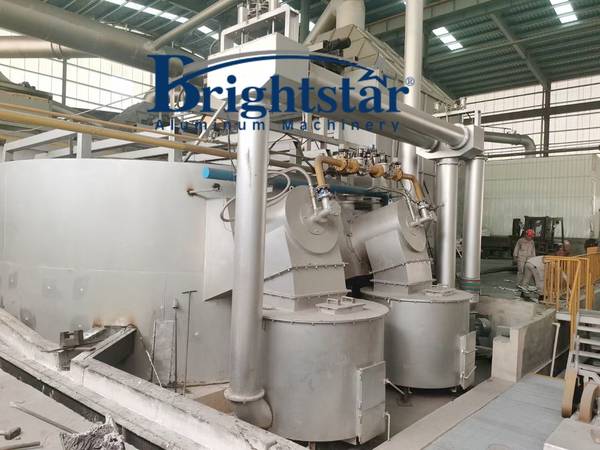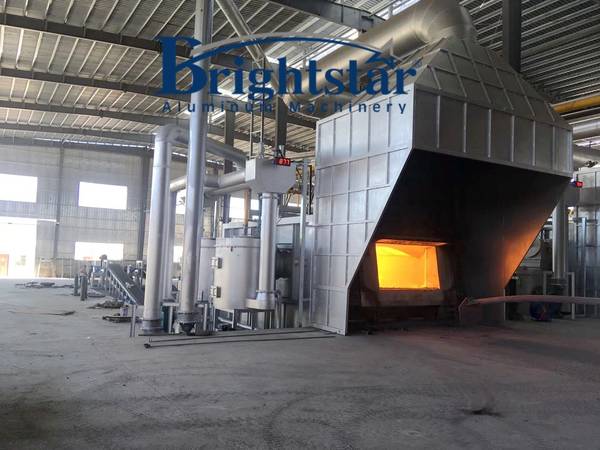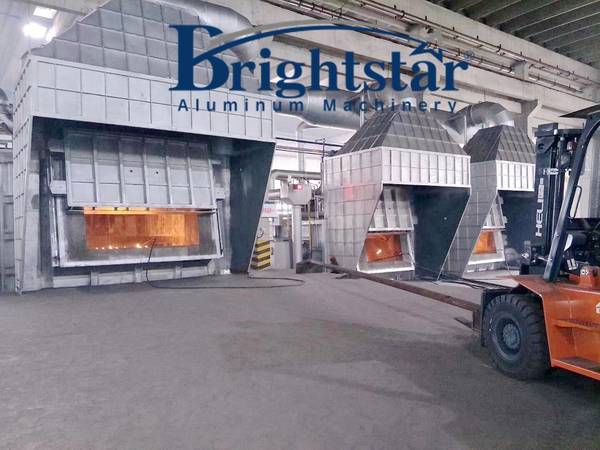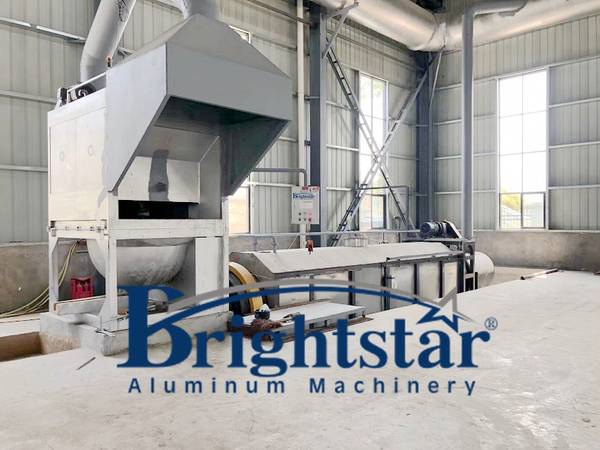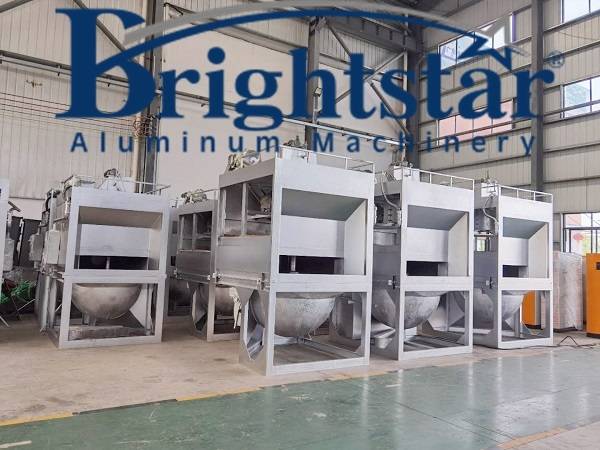Phế liệu nhôm nóng chảy Và phôi đúc
Nhôm phế liệu nóng chảy
Phế liệu nhôm nấu chảy và đúc phôi, lò nấu chảy phế liệu nhôm tròn hoặc vuông, đầu đốt thông thường hoặc đầu đốt tái sinh, lò nấu chảy nhôm, lò giữ nhôm, lò quay phế liệu nhôm, máy móc tái chế nhôm, lò quay, lò nấu chảy nhôm hai buồng xoáy bên giếng.
Chủ yếu được áp dụng cho quá trình nấu chảy và tinh chế nhôm tái chế (chẳng hạn như UBC, bộ phận động cơ, tản nhiệt, máy phế liệu nhôm, vân vân.)
Hiệu quả cao, tiết kiệm năng lượng, Thân thiện với môi trường, tuổi thọ dài hơn và bảo trì ít hơn
Dự Án Chìa Khóa Trao Tay Và Hợp Đồng Trọn Gói!
Giải pháp tổng thể và dịch vụ một cửa!
Aluminum scrap melting refers to the process of melting down scrap aluminum materials, such as aluminum cans, extrusions, or machining scraps, to produce molten aluminum.
This molten aluminum can then be used to manufacture new aluminum products through processes like casting, phun ra, or rolling. Here are the features, advantages, and applications of aluminum scrap melting:
Đặc trưng:
Resource Efficiency: Aluminum scrap melting allows for the recycling of aluminum materials, reducing the need for virgin aluminum production from bauxite ore. Recycling aluminum consumes significantly less energy and resources compared to producing aluminum from raw materials.
Versatility: Various forms of aluminum scrap can be melted down, including scrap from industrial processes, used beverage cans (UBCs), automotive parts, and construction materials. This versatility makes aluminum scrap melting a widely applicable recycling method.
Energy Efficiency: Melting down aluminum scrap consumes less energy compared to primary aluminum production. The melting temperature of aluminum is relatively low, requiring less energy to melt compared to other metals like steel.
Reduced Environmental Impact: Recycling aluminum scrap reduces the environmental impact associated with mining bauxite ore and processing it into aluminum. It also reduces the amount of aluminum waste sent to landfills, contributing to waste reduction and environmental sustainability.
Thuận lợi:
Cost Savings: Aluminum scrap melting can be more cost-effective than producing aluminum from primary sources. Recycling aluminum scrap reduces raw material costs, energy costs, and transportation costs associated with mining, tinh luyện, and transporting virgin aluminum.
Conservation of Resources: Recycling aluminum scrap helps conserve natural resources such as bauxite ore and reduces the environmental impact of mining activities. It also conserves energy by requiring less energy to melt and process recycled aluminum compared to primary production.
Carbon Footprint Reduction: Aluminum recycling emits fewer greenhouse gases compared to primary aluminum production. By recycling aluminum scrap, manufacturers can reduce their carbon footprint and contribute to mitigating climate change.
Các ứng dụng:
Manufacturing: Molten aluminum produced from scrap melting can be used to manufacture a wide range of aluminum products, including automotive parts, building materials, consumer goods, and packaging materials.
Foundry Operations: Molten aluminum from scrap melting is commonly used in foundry operations for casting aluminum components such as engine blocks, cylinder heads, and other automotive parts.
Extrusion and Rolling: Recycled aluminum can be extruded or rolled into various profiles and sheets for use in construction, vận tải, electronics, và các ngành công nghiệp khác.
Tổng thể, aluminum scrap melting offers numerous environmental, economic, and resource conservation benefits, making it an essential process in the aluminum recycling industry.


